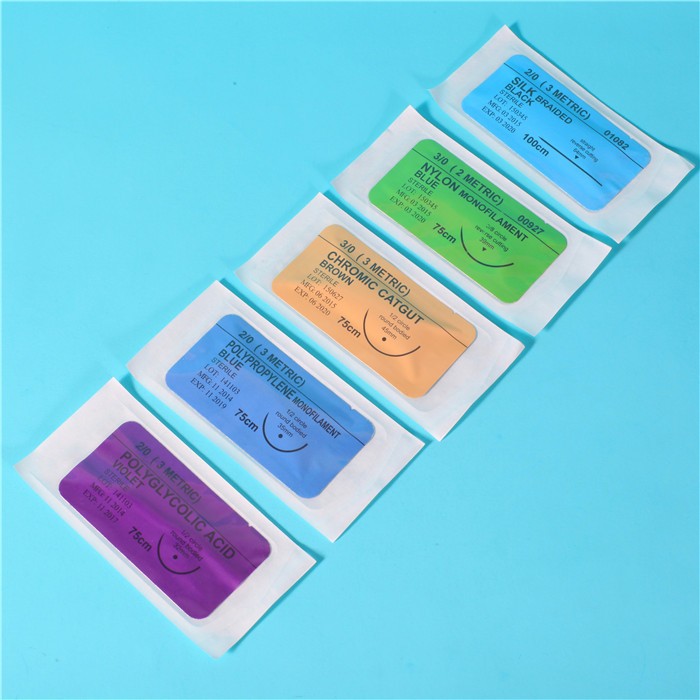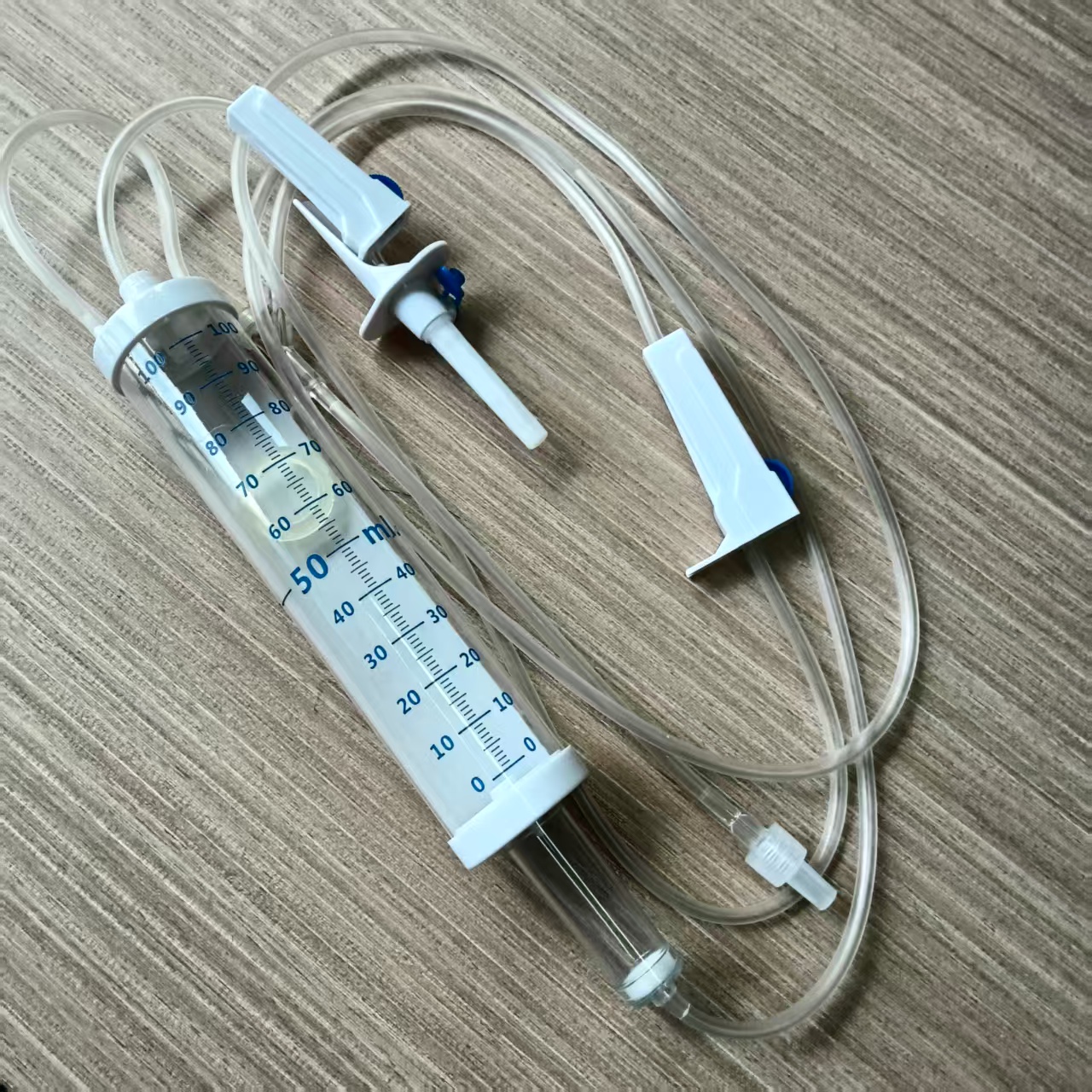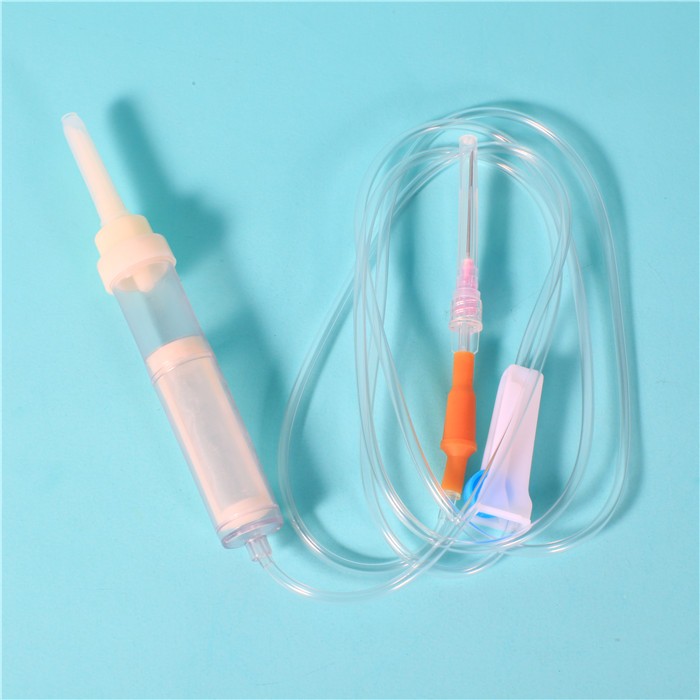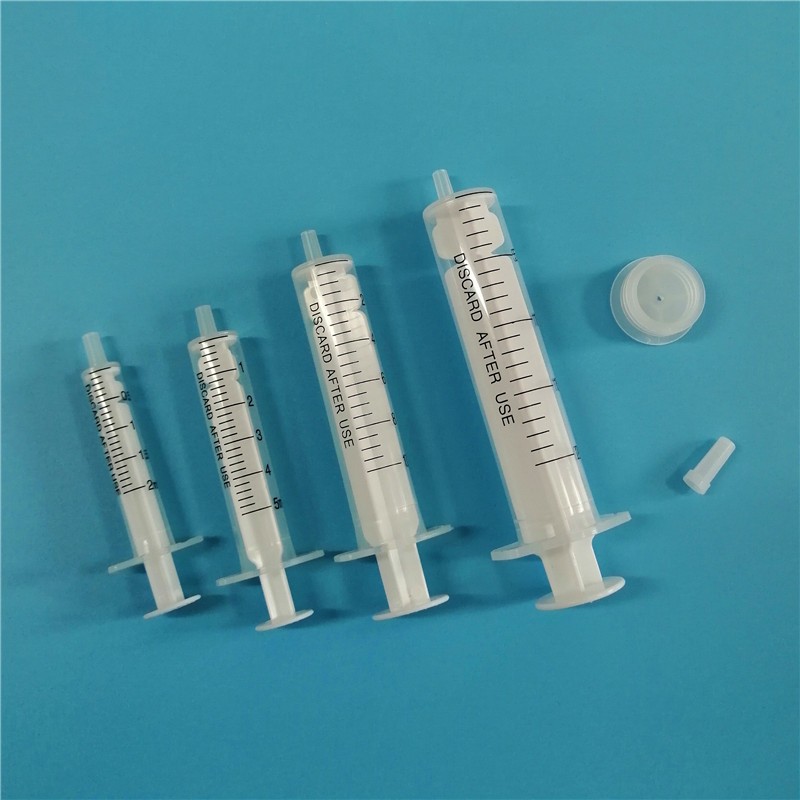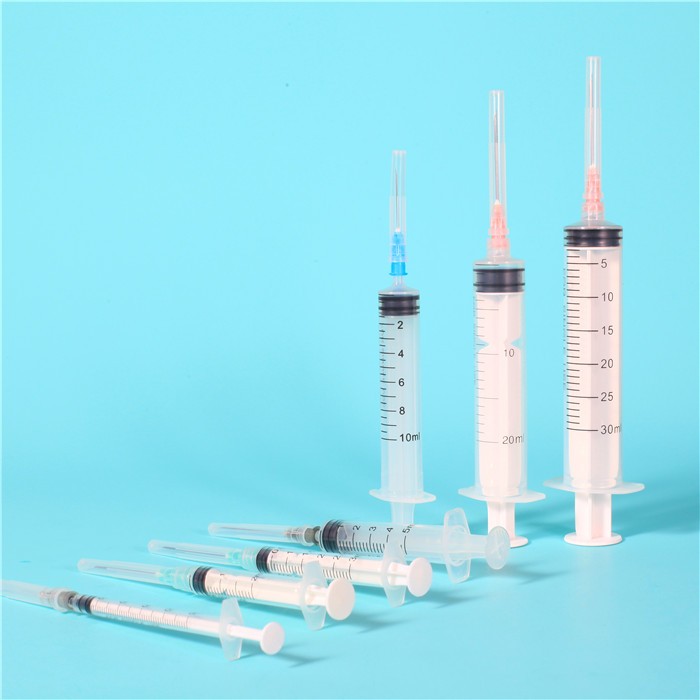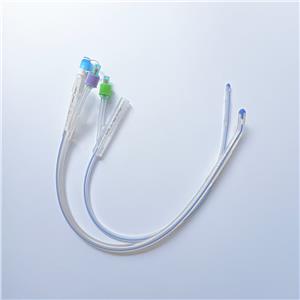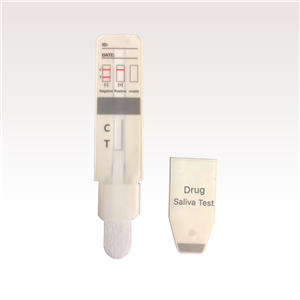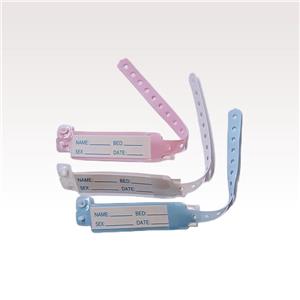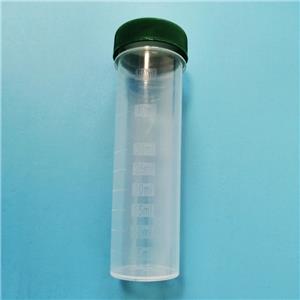Disposable Atraumatic Suture

- None
- Made in China
- According to quantity
- 500,000 pcs/month
About the Surgical Sture:
*A surgical suture is the material used to hold a wound or cut together until it heals.
*Suturing is the act of stitching or sewing the wound using suture materials such as thread or a surgical staple.
*The area that requires a suture may be the result of injuries or surgery, and the style of suture used depends on where in the body the surgical suture is needed.
Disposable surgical atraumatic suture series
types: polyester, polypropylene, stainless steel, polyamide, plain catgut, silk, nylon, chromic catgut, polyglycolic acid, polyglactine swift
Point type of needle: taper point needle, blunt taper point needle, tapercut needle,cutting needle, reverse cutting needle, micro-point spatula needle
Needle diameter range: 0.2-0.4mm, 0.5-0.7mm, 0.8-1.0mm, 1.1-1.3mm
Specification: 0,2-0,3-0,4-0,5-0,6-0,7-0,8-0,9-0,10-0,11-0,12-0 etc
Suture types: absorbableor non-absorbable
Sanitary standard and quality in accordance with the CE, FDA, ISO9001, ISO13485 standards
Packing: blister package. OEM can be arranged
Absorbable Suture
Chromic catgut
Plain catgut
Poliglecaprone
Polydioxanone
Polyglactin 910
Polyglycolic acid
Non-absorbable Suture
Nylon monofilament
ophthalmatic sutures
Polyester braided
Polypropylene monofilament
Silk braided
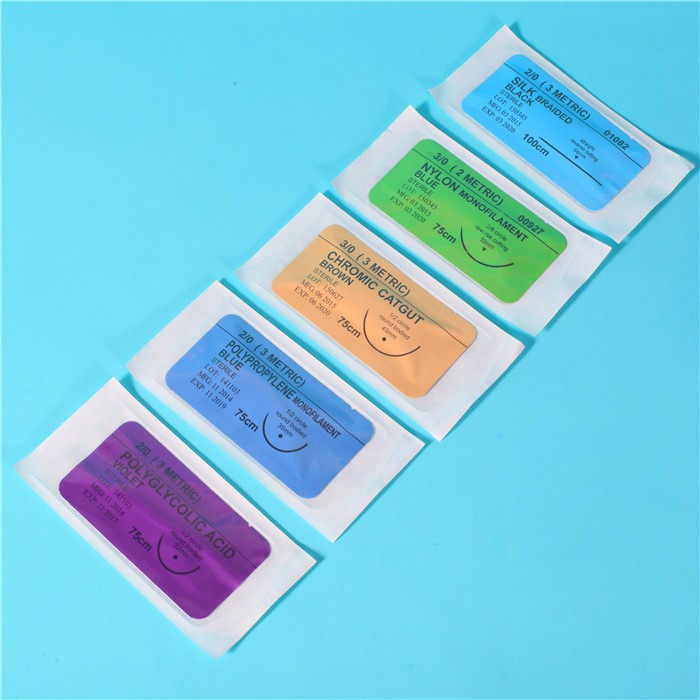
Disposable Atraumatic Suture refers to a special line used for ligation, hemostasis, and tissue suture during surgery or trauma treatment. Generally, it can be divided into two categories: absorbable lines and non-absorbable lines.
Disposable atraumatic suture characteristics
1. Versatility, suture material is suitable for any operation. 2. Non-electrolytic, no surface tension, no allergic and no carcinogenicity. 3. Sterility, mild tissue response, is not conducive to bacterial growth. 4. Easy to operate, firm and with proper tensile strength.
Suture selection principle
1. Absorbable sutures are used to heal faster tissues, especially in areas where foreign bodies should not be left, such as the gastrointestinal tract, bile duct, urinary tract, and myometrium.
2. Non-absorbable sutures are used to heal slow tissues such as cartilage, ligaments, tendons, bronchi, esophagus, and grafts that require long-term fixation.
3. Single-fiber sutures are used in vascular surgery and orthopedics.
4. For some special patients, such as the elderly, diabetic patients, obesity patients, malnourished patients, debilitated patients, etc., the suture should be paid attention to the impact of suture on the healing rate and process of postoperative wounds. A suture with the same toughness and minimal tissue response.

